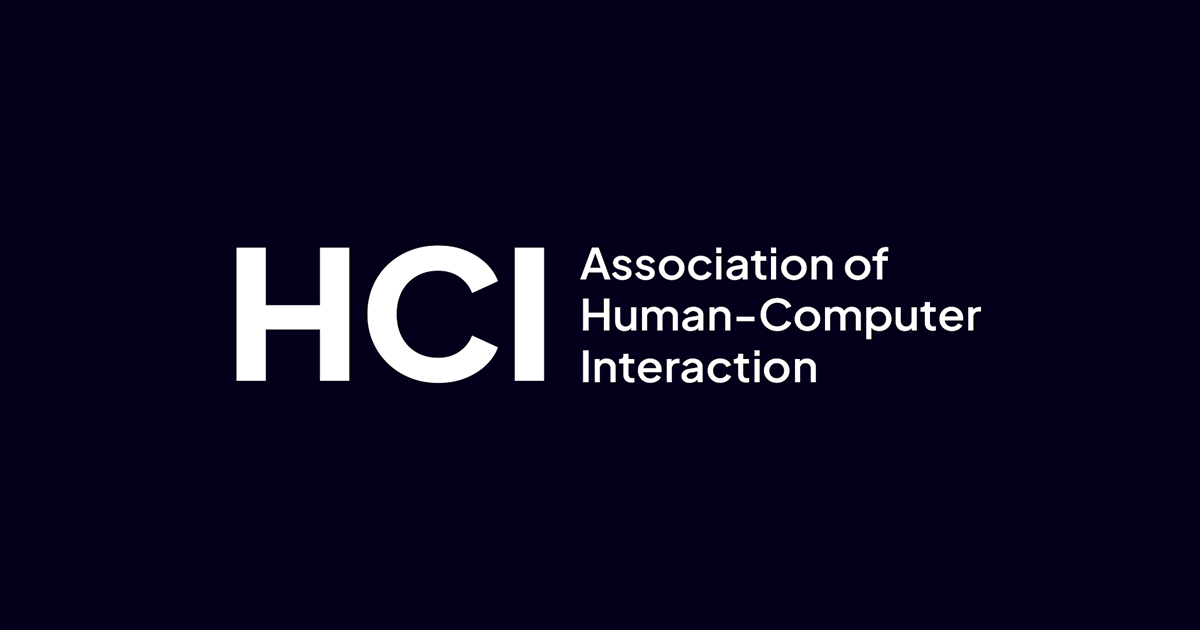Association of Human-Computer Interaction
Open Science
“We support open science, and continue to help publicise open access research in human-computer interaction”
Information
What is user experience?
User Experience (UX) is concerned with a thorough understanding of users, what they require, their values, capabilities, and any constraints they may have. It also considers the business goals and (and overall goals) of a project management team. Best practices in user experience encourage improvement of the quality of user interaction as well as the perception of your product and services. Working to ensure users find value in the product or services you provide them is at the heart of UX. This is exemplified by Peter Morville’s UX Honeycomb. He emphasises that in order to provide a valuable and meaningful user experience, any information presented should be:
Useful
This gives your target market a reason to buy or use your product. When developing a product, it has to be beneficial to the relevant customers. You should only consider bringing a product to market if it serves a purpose. A product that serves no function is unlikely to compete. To ensure the product’s long-term viability, it must be of significant use to users. Your material should be unique and meet a demand.
Usable
This aspect helps users to attain their final goal in an effective and efficient manner. Products that are not useful can still succeed, but they are significantly less likely to do so. A high degree of usability may boost competitive advantage while simultaneously providing the user with comfort and a sense of safety.
Usability is a metric that examines how well a certain user in a specific context can utilise a product/design to achieve a given goal efficiently, effectively, and adequately. Taking this into account, you must guarantee that the customer has a hassle-free experience so that they can complete responsibilities tasks in an effect and successful manner.
Desirable
Design conveys desirability through branding, visual identification, emotional design and aesthetics. A product or service’s visual aspects must be beautiful, minimalistic, and aesthetically pleasing to users. A more desirable product, has more probability of users boasting about it, and instilling desirability in others. Desirability encourages people to keep a product and utilise it for a long period of time. As a result, aesthetically attractive features are a crucial consideration for this factor.
Discoverable
Discoverability ensures a product and its components are easily accessible. Whatever goods are made, they must be simple to use, and the user must be able to discover what they need and complete their work. We must strive to offer user-friendly goods and solutions that allow people to locate what they require. You need to ask yourself, “Are users able to discover all of the information they are seeking?” To establish a positive user experience, one should constantly look at a problem (and potential solution) from a user’s perspective.
Accessible
Today, we are all familiar with the term “accessibility.” This aspect is concerned with offering an experience that is accessible to people of all abilities. Firms have often regarded accessibility as a complete waste of time, but you really shouldn’t think that way. Instead, one should devise a solution that is accessible to everyone. Furthermore, designing for accessibility often results in products which are simpler to use by everyone, not just people who have disabilities.
Credible
The capacity to trust a product or service is referred to as credibility. It is extremely difficult to provide positive user experiences if consumer believes the product developer is dishonest or has negative motives. You should constantly make certain that your product delivers on its promises. Make certain that the commitments you make to the user are maintained regardless of the circumstances, so the user does not begin to distrust your intentions.
User experience (UX) is a developing field which still has varied definitions. A good user-centered design encompasses human-computer interaction (HCI) concepts and extends beyond such, incorporating disciplines such as: User research, usability testing, information architecture (IA), user interface design, interaction design (IxD), visual design, content strategy, project management, accessibility, and user analytics.
